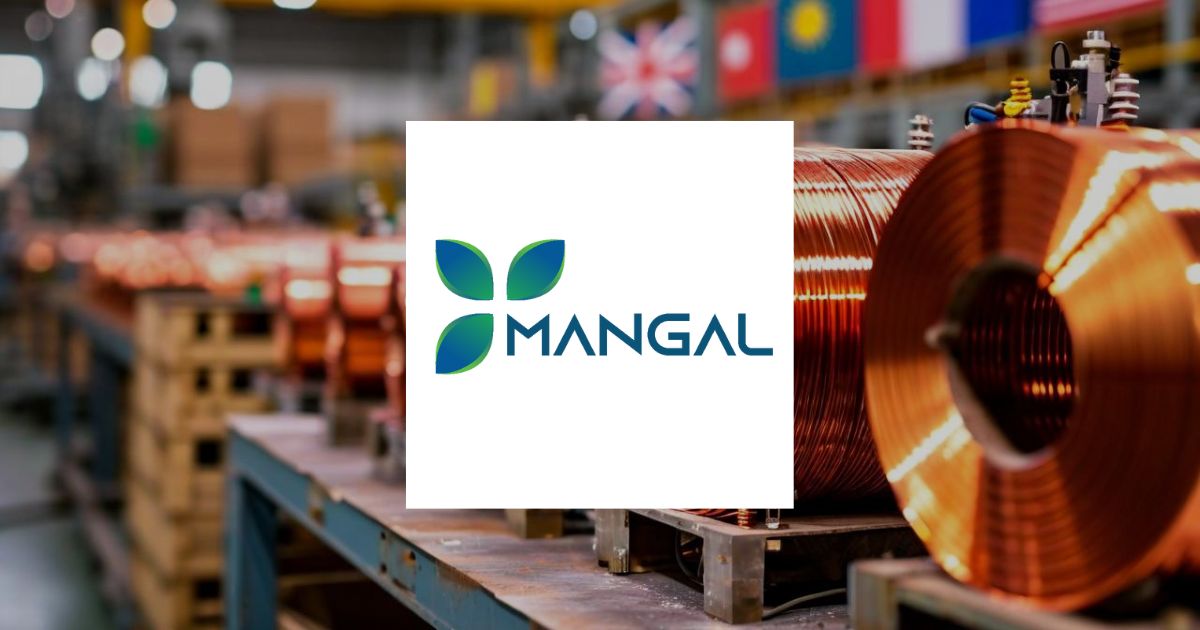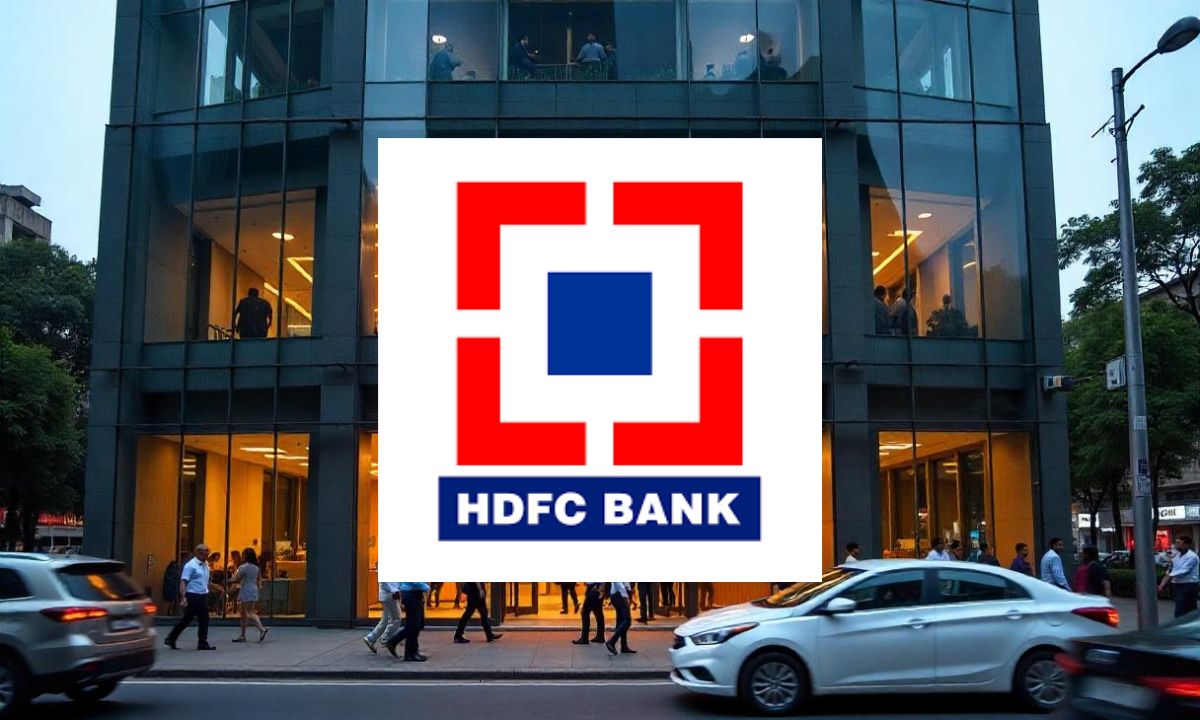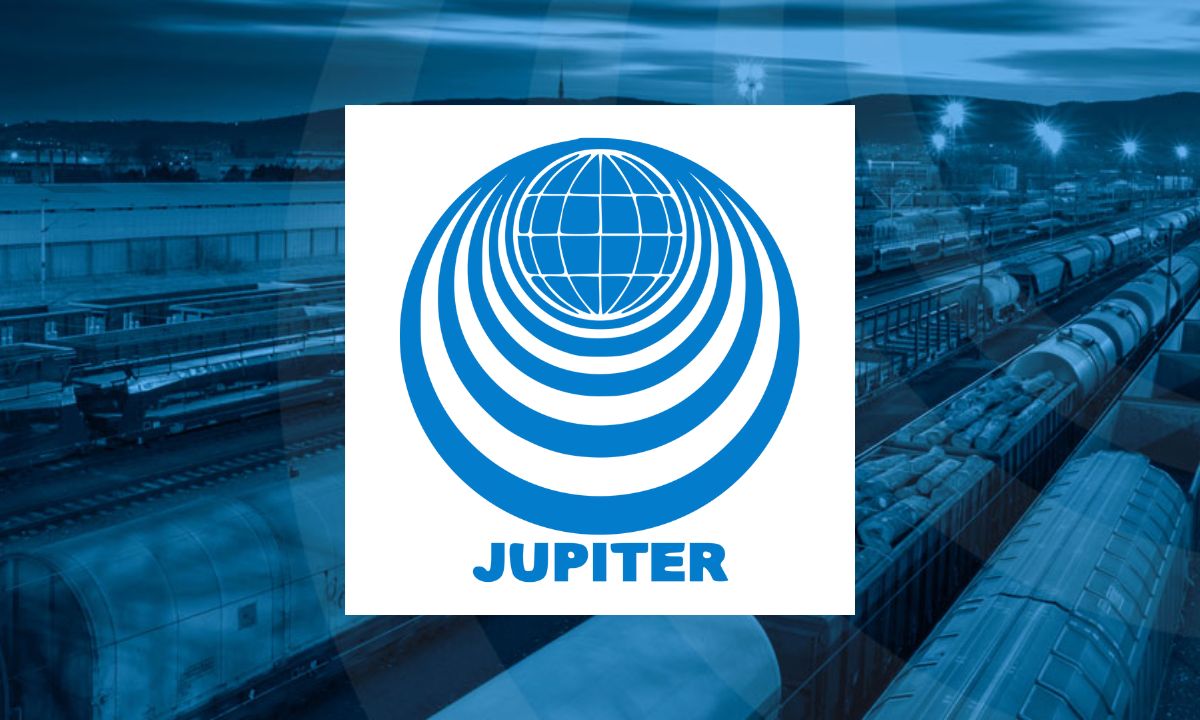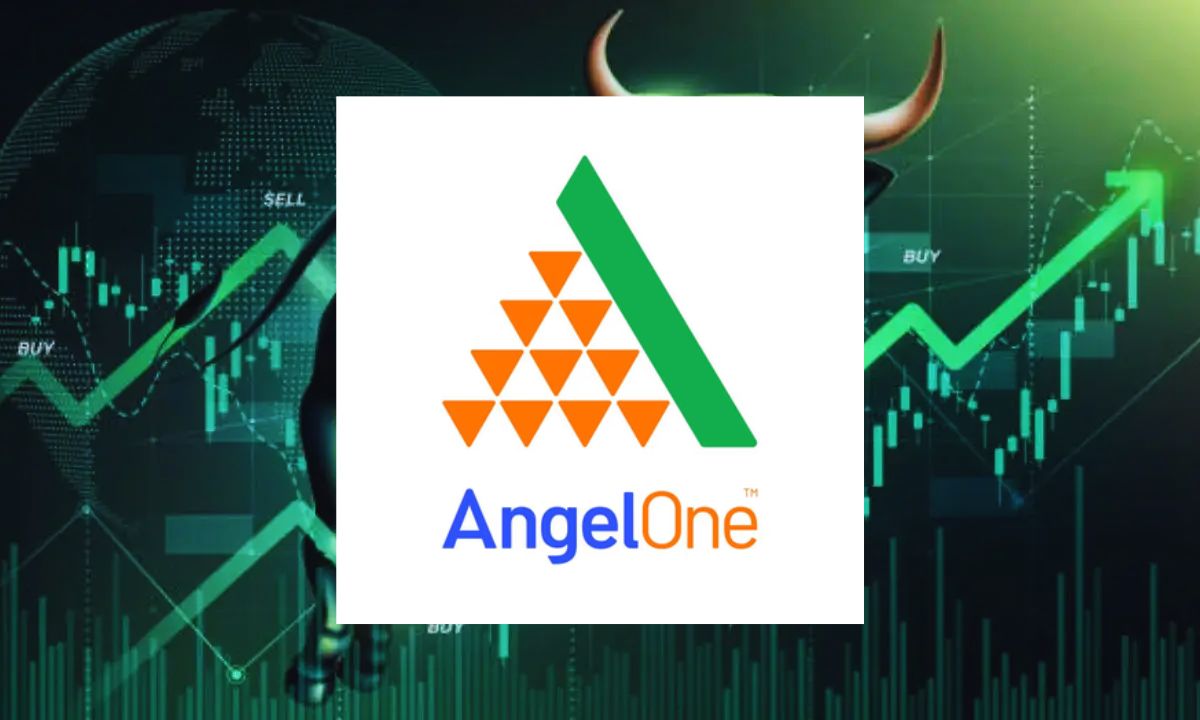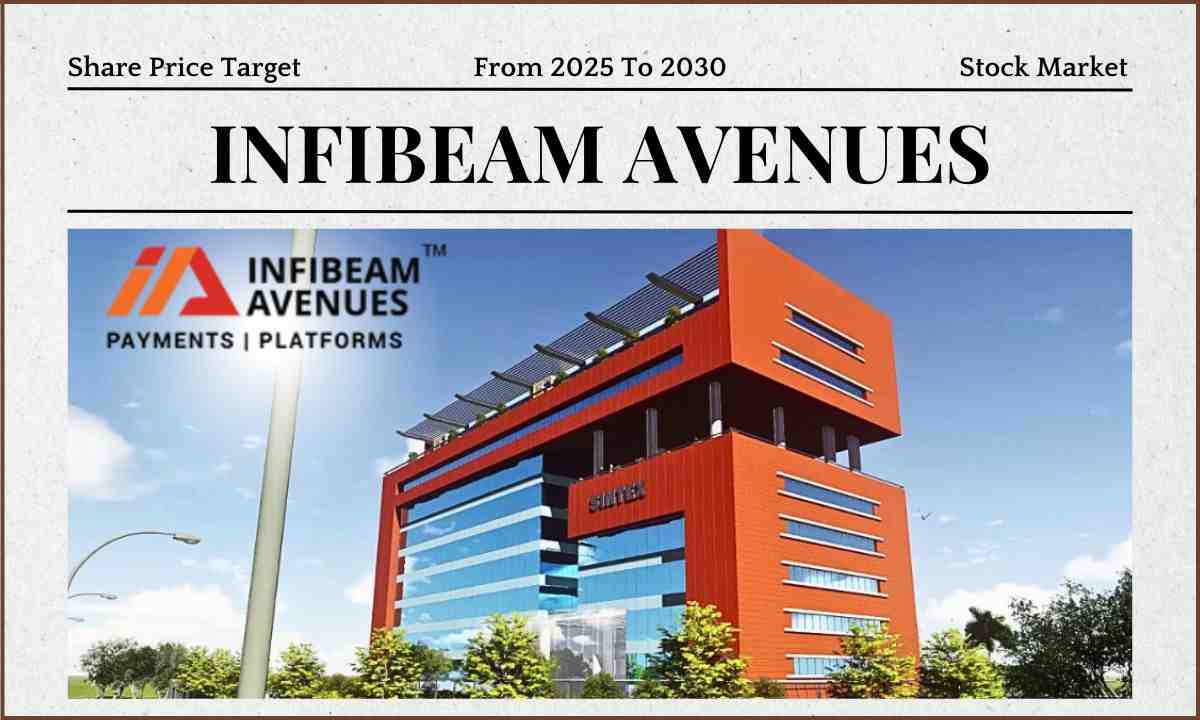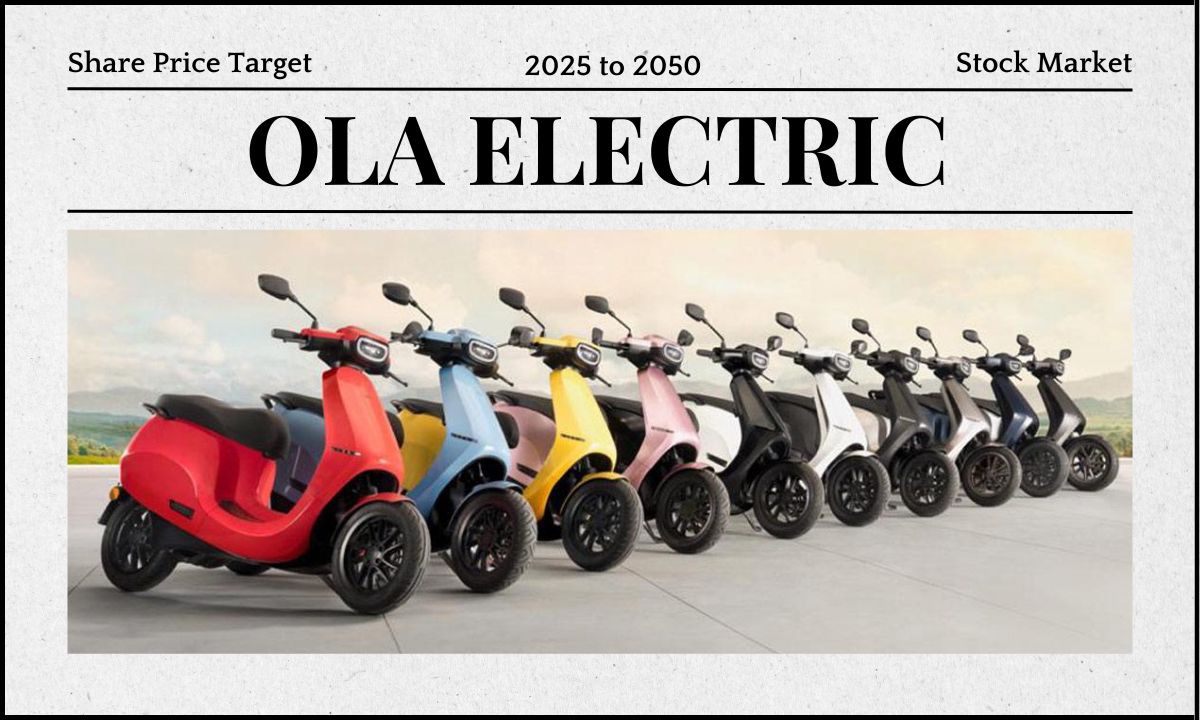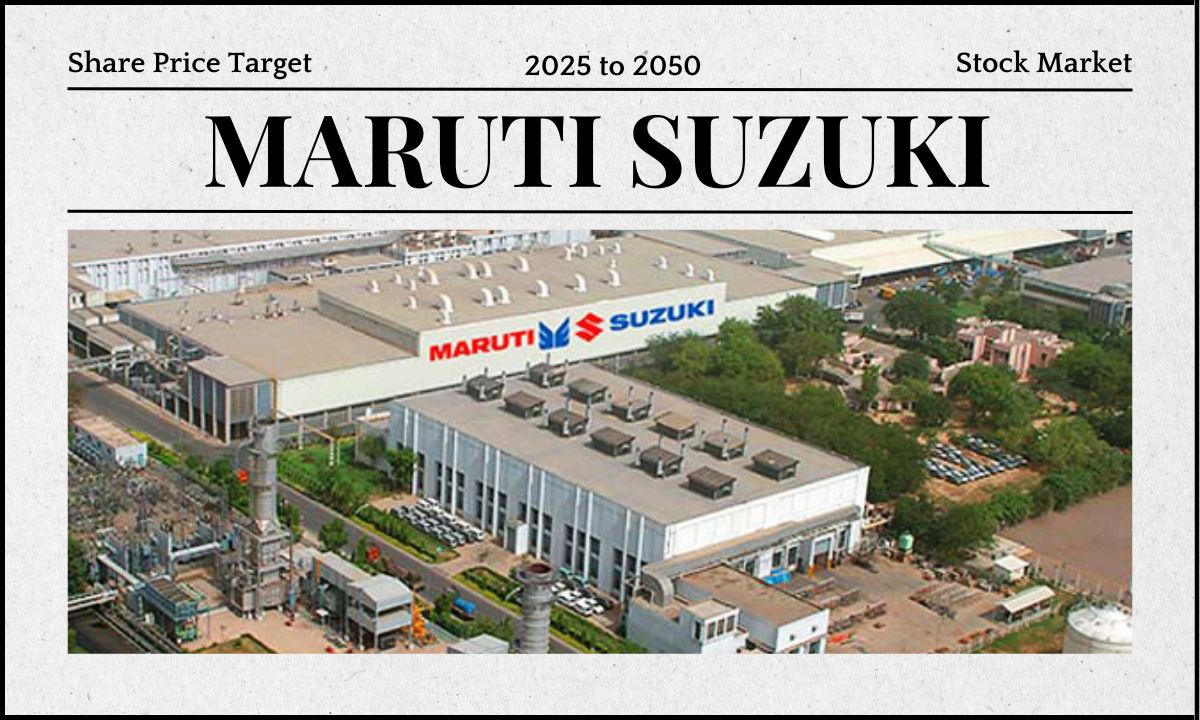Highway Infrastructure Share Price Target 2025, 2026, 2027, 2028, 2029, 2030
If you invest in the stock market, you must know the Highway Infrastructure share price target 2025, 2026, 2027, 2028, 2029, and 2030. Here, you will get detailed information regarding all your queries, such as its fundamentals, shareholdings, financial performance, future predictions, and more. About Highway Infrastructure Ltd Highway Infrastructure is a company that works … Read more

